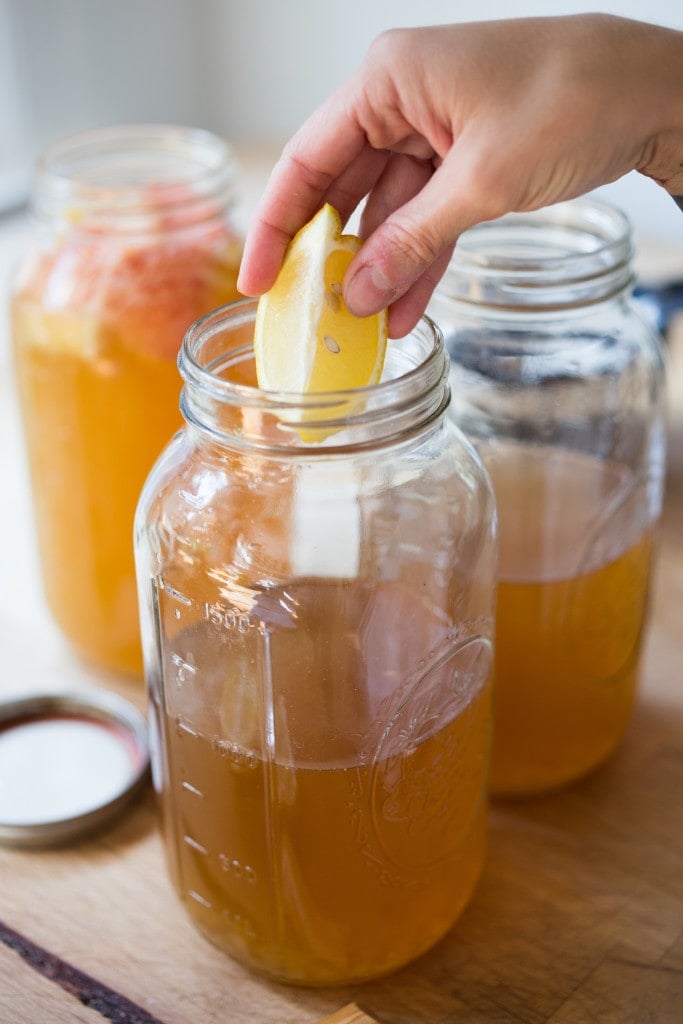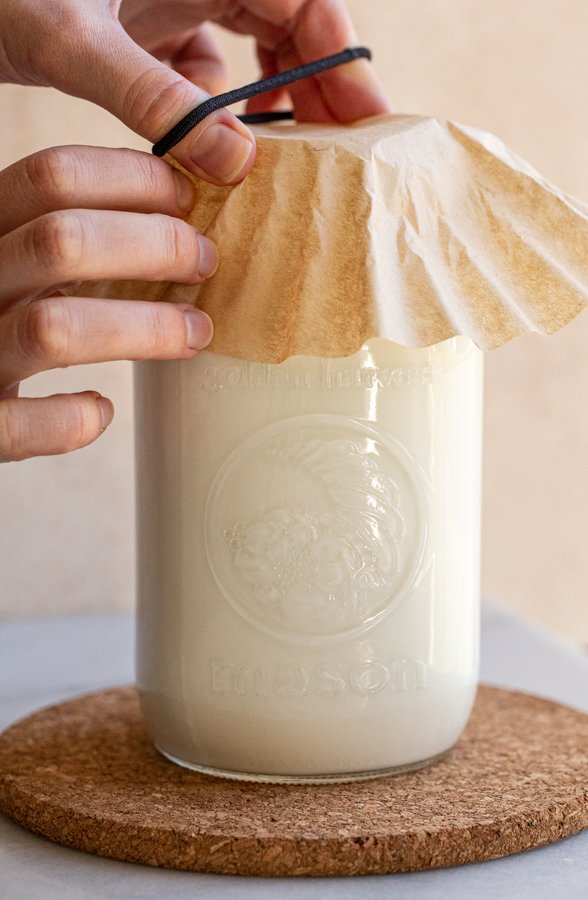Table of Content
If your kefir grains are REALLY old, you might consider tossing the first batch you make with them. The best way to source a kefir grain is to bum one off a friend. Kefir grains grow as you use them, so it should be pretty easy to convince a fellow kefir lover to give you a bit of their grains. You must use between two and four tablespoons kefir in one quart of fresh milk while for larger batches you can use about six tablespoons half a gallon. From raw milk which is why the chances of success are not always guaranteed. The culturing conditions, as well as the health of the pre-made kefir, usually determine the success of your milk kefir.

For me the most difficult part of the home made kefir process was getting my own kefir grains. You can buy them in some health food stores, but good quality kefir grains are hard to find retail . People are often looking to give away their extra grains. Juices fermented with kefir grains become fizzy. The grains can be harmed in the process, though, so it is good to use excess grains just in case.
Is water kefir made with the same grains?
For the water kefir grains to grow, you need to feed them with sugar. The most suitable sugar to use is unrefined sugar to boost their growth. Unrefined sugar contains several minerals that are absent in refined sugar. You will also need to feed the grains with trace minerals during the fermentation process. The water kefir grains can be obtained from a friend or bought at a reliable store.

Hold the sieve over a bowl to catch the ripened milk. With time, the grains will start to multiple so you'll have more and more. Likely, your source for the kefir grains will be a previous batch of kefir. However, if you've never made kefir before, you'll have to source grains either online or through a community network . Add at least two grains (they'll be about the size of an almond, roughly) to the 1 cup of room temperature milk.
Taking a break from making kefir
Kefir is a fermented drink which has been consumed for thousands of years. It originated in the Caucasus mountains in the former Soviet Union where the drink was fermented naturally in bags made of animal hides. Milk kefir can be made with a variety of milks (from animals or vegetables.) Learn how to make kefir at home and benefit from this probiotic beverage. 1st fermentation too short (not sour/too sweet), use...

Secondly, the kefir grains growth also dwindles and smaller ones slip through the strainer. There is another type of kefir grains, known as water kefir grains, that are better adapted to fermenting juices and sugar water. Both my husband and I prefer kombucha to water kefir, so making kombucha won out in the end. The process starts with sourcing some kefir grains. I actually got my grains from Craigslist about 10 years ago, haha! But you can easily order them online or find them at specialty health food stores.
⭐️ RATE THE RECIPE!
These are delicious and richly satisfying to your taste buds. You can also add different things like seeds, nuts, pumpkin, peanut butter, carrot or zucchini to your milk kefir and enjoy the delicious product that you will make. The recipe is simple and adaptable such that you can use it on different occasions. If more time is necessary the milk should be changed. The first couple of batches made after the storage period may take a little longer and taste a bit more sour. This is due to the fact that the grains are slowly becoming active again.

All the tools should be very clean and air-dried to prevent contamination of the culture. Metal must not be used as it might damage the kefir grains. The process of making homemade kefir is actually quite simple and quickly becomes a part of the daily routine.
Curious about how to make kefir yourself?
When starting the process, ensure that the milk kefir grains are activated fully. Before converting the milk kefir grains to water kefir grains, it is important to ensure that grains are rehydrated and fully activated. Water kefir grains are made of microorganisms, they are made with different yeasts and bacteria living in a symbiotic relationship. As mentioned earlier, making kefir grains from scratch is impossible and you will require at least one grain of the microbial blend as a starter.

When they’ve doubled in size, which might take two or three weeks with daily making, take out half of them and give them to a friend or freeze them. If you don’t remove the excess, you will notice the flavour of the kefir changing. The grain-to-milk ratio and temperature both affect how quickly milk will become kefir.
If you notice that they are not making kefir, or not growing much, try refreshing them in some dairy milk for a few days. With the exception of soya milk, which contains many short-chain peptides, health benefits of other milk alternatives have not yet been investigated. If you are on a dairy-free diet, then you could make “water kefir”, which has a fruity and slightly sweet taste. Keep in mind, not burping may cause the jar to explode.
However, the good thing is that the process is simple and easy to follow. You should only make sure that you get the freshest milk with the farthest best buy date. As such, you should bear in mind that succeeding in making milk kefir from pre-made kefir is not a very simple thing to do. You must contend with the fact that you may be successful or not. This is the bottom line that should always guide you when you want to make milk kefir from the kefir you buy from the store. That depends on how you take care of the kefir grains.
You have all the ingredients at home and you only need to make the best recipe out of them. I would test the grains first making another batch. If they smell or taste different I would change them if not keep using them. The function of the lid is only to keep out any insects. Keep the jar in a dark area and at room temperature.
You can, for instance, try using honey or maple syrup. The choice of the sweeteners is all yours but you must ensure that it is well mixed and dissolved in the water before adding the grains. Find more advice on perfecting this fermentation method along with kefir recipe recommendations in our guide on how to make kefir. Set the jar at room temperature for 24 hours to culture. Pour the entire contents of the “Kefir Starter Grains” into the fermentation jar.

No comments:
Post a Comment